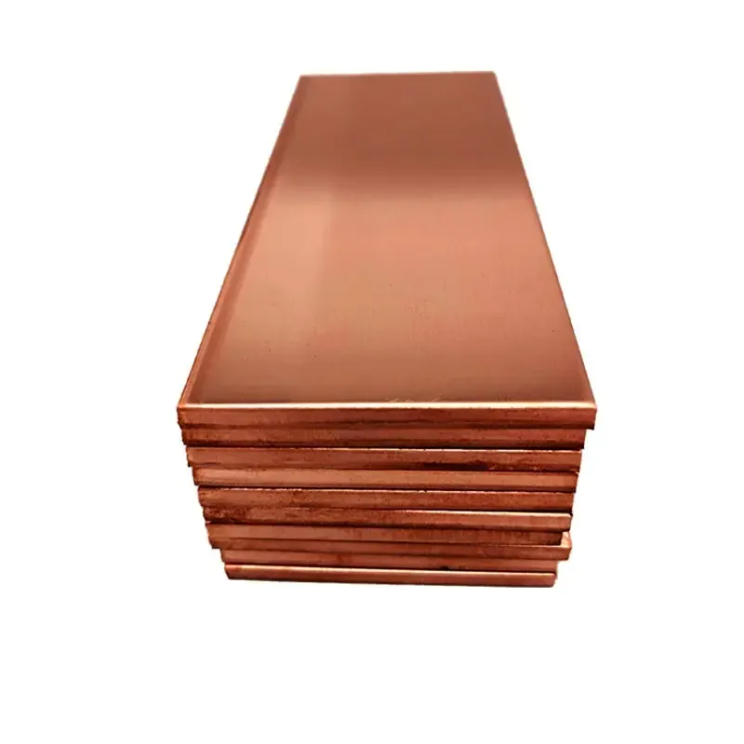METALS

Electrolytic copper cathodes
Origin: Latin America and Africa
Purity degree: maximum 99.99% – minimum 99.97%. Free of any radioactivity, dirt, metal, debris, wood, plastic, grease, alloys, or prohibited items. It does not have materials related to wars, explosives and armor, gas, cylinder, sealant or any harmful material, not registered in the LME. The buyer has the right to reject any alloy of lower purity. London Metal Exchange (LME) specification confirmation and in 1978:1988 (Cathode grade designation CU-CATH-1).

Used iron rails
Origin: Latin America and Africa
Specifications R50 and R65 ISRI Codes 27-29. Standard chemical composition, original weight 50 pounds per yard or more, 6 meters long and more. Material suitable for re-rolling into bars and shapes. Free of: Bent and twisted rails, protective, with split heads and broken tabs, does not include switches. Free of lint, non-ferrous inclusions, excessive rust, and other impurities. Free of war and explosives, projectiles, cartridges, other weapons and ammunition, and any closed containers. Free of radioactive materials, harmful chemicals, substances and coatings, organic waste and other harmful substances. Dirt, dust, rust, lint and other impurities above 5% not allowed.

Iron scrap
Origin: Europe, Latin America and Africa.
Iron scrap from: a) heavy industrial equipment, b) structural or industrial demolition, c) scrap metal, tubes, flat bars, calibrated bars, beams, d) new from the industrial process of stamping, punching, cutting with shears; e) material with ferrous parts and non-ferrous parts (two metals or more), f) electric motors from machines (direct current, alternating current, induction motor, synchronous motors, commutator motors, etc.), g) from the manufacture of pipes and underground sanitation, urban furniture and very hard material from the automotive sector, sewers, industrial machinery chassis; h) iron or steel shavings.




